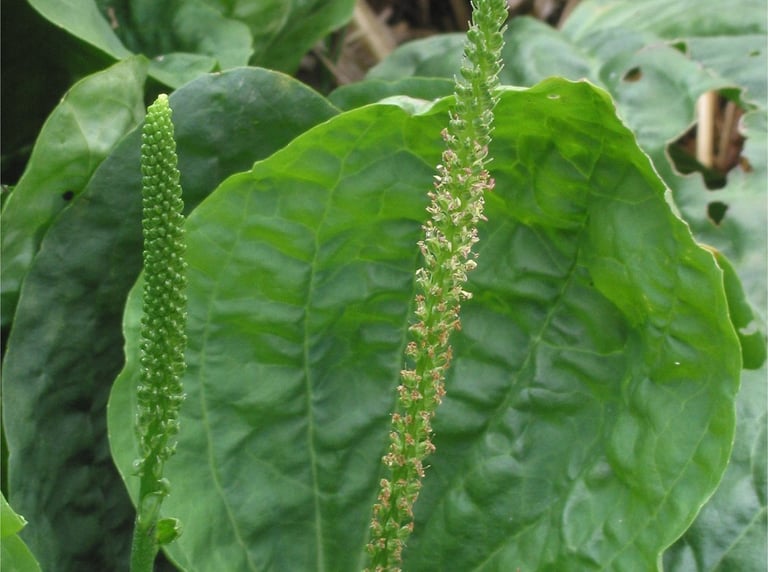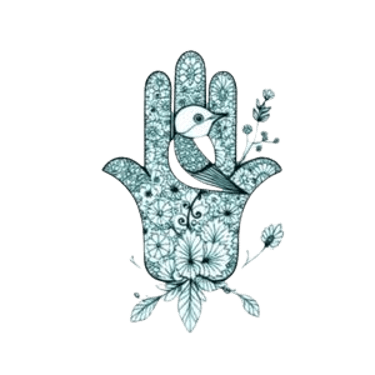Plantain uses and tradition is Southern Appalachia Herbs
Discover the traditional uses of plantain as an herbal remedy in Southern Appalachia herbs.. This versatile 'weed' is renowned for its benefits in treating various skin-related issues and ailments, making it a go-to choice for many herbal enthusiasts.
APPALACHIAN TRADITION AND PLANT USE
8/24/20251 min read
When most people hear “plantain,” they think of the banana-like fruit. But here in Appalachia, plantain (Plantago major and Plantago lanceolata) has always meant something different — the little green “weed” that grows between cracks in the sidewalk, in pastures, and along country roads.
For generations, Appalachian families have recognized this plant as more than just a weed. Plantain was valued as a “first aid” plant, often called upon for minor irritations, everyday bumps, and life in the outdoors. The Cherokee, along with early settlers, passed down knowledge of its leaves, teaching that it could be chewed or mashed into a poultice and applied to the skin. In European folk traditions, plantain was considered one of the “Nine Sacred Herbs,” a protector and restorer.
Why was Plantain so respected?
Folk herbalists often noted that plantain leaves seemed to bring comfort when applied to the skin after bug bites, stings, or small scrapes. In modern herbal writing, it’s often described as “drawing” or “soothing.” Herbalists also sometimes brewed it into teas or syrups for internal use, though here we focus on its traditional external applications.
More than its practical value, plantain carried a symbolic role. It represented resourcefulness — medicine at your feet, freely given by the land. It reminded people that healing could come from the most overlooked places.
Today, herbalists and wildcrafters still honor plantain as a trusted ally, bridging old-world traditions with present-day natural living.




Click on the link below to read more about Plantain and its traditional uses:
Sparrowlane Apothecary 2025. All rights reserved.
